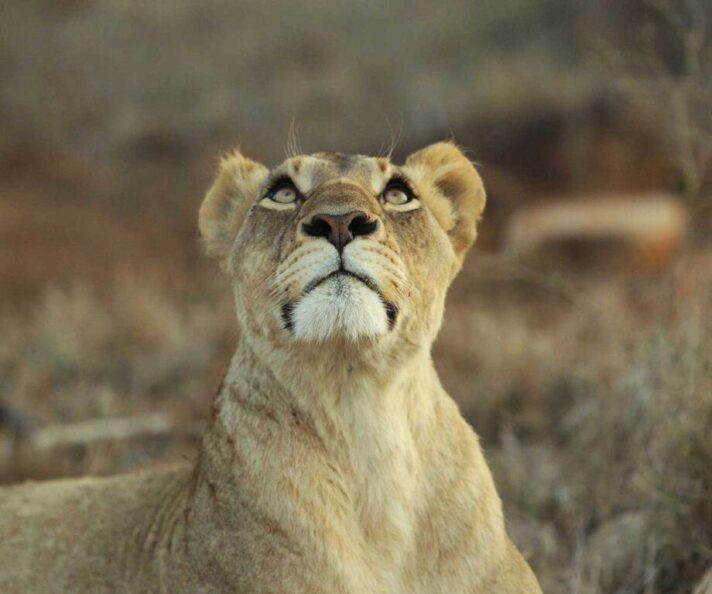Big Cats Driving Safari Tourism: Where to Find Them
Big cats are among the most captivating attractions for travelers embarking on safari or wildlife expeditions worldwide. These majestic creatures not only symbolize the wild beauty of nature but also create significant business opportunities in the travel industry. In the context of wildlife tourism, understanding the specific habitats and experiences associated with these iconic animals is crucial for potential visitors.
Overview of Big Cats
The term "big cat" typically refers to the larger members of the Felidae family, specifically those capable of roaring, such as lions, tigers, jaguars, leopards, and snow leopards, as well as cheetahs and cougars, who, while not part of the Panthera genus, are still categorized due to their size and ecological role. According to wildlife experts, there are seven notable big cats globally:
- Lion: Known as the “king of the jungle,” they live in prides primarily in Africa and India.
- Tiger: The largest cat species, recognized for their striking orange and black stripes, residing mainly in Asia.
- Jaguar: The largest wild cat in the Americas, with powerful jaws and a preference for dense forests.
- Leopard: Highly adaptable, leopards have a wide distribution across Africa and Asia.
- Snow Leopard: Found in the mountainous regions of Central and South Asia, they are built for cold climates.
- Cheetah: Famous for their speed, they can reach up to 70 mph.
- Cougar: Also known as mountain lions or pumas, these adaptable cats are primarily found in the Americas.
Best Safari Locations for Big Cats
-
Lions at Angama Mara, Kenya
Angama Mara lodge, overlooking the Maasai Mara, is renowned for its lion populations. With multiple prides residing within the reserve, the annual Great Migration provides prime opportunities for wildlife encounters, including significant predator-prey interactions. Angama Mara offers luxury accommodations designed to enhance the safari experience, including daily game drives. -
Tigers at Sujan Sher Bagh, Ranthambore National Park, India
Once a royal hunting ground, Ranthambore is now celebrated for its Bengal tigers. The park’s landscape, filled with ancient ruins and serene lakes, provides an ideal backdrop for observing these magnificent creatures. The Sujan Sher Bagh offers an immersive stay with a focus on conservation and luxury. -
Jaguars at Caiman Lodge, Pantanal, Brazil
The Pantanal is recognized as the premier destination for jaguar sightings. Caiman Lodge combines nature conservation with luxury escapades, offering a unique experience in Brazil’s expansive tropical wetland, where jaguars frequently hunt capybaras and caimans. -
Leopards at Londolozi Tree Camp, Sabi Sands, South Africa
Renowned for its leopards, Sabi Sands Game Reserve offers intimate viewing experiences due to the wildlife’s habituation to safari vehicles. Londolozi Tree Camp provides exclusive luxury, allowing visitors to witness the beauty of leopards in their natural habitat, all while experiencing world-class amenities. -
Cougars at Awasi Patagonia, Chile
Torres del Paine National Park presents a unique setting for observing pumas in the wild. Awasi Patagonia offers a secluded retreat with guides dedicated to tracking these elusive big cats throughout the rugged landscapes. -
Snow Leopards at Rumbak Lodge, Hemis National Park, India
Known as the “ghost of the mountains,” snow leopards are most visible in the rugged terrain of Ladakh during colder months. Rumbak Lodge serves as a gateway to this unique habitat, focusing on sustainable tourism and community engagement. - Cheetahs at Tswalu Loapi Lodge, Kalahari, South Africa
The Kalahari Desert provides an ideal environment for cheetahs, recognized for their remarkable speed. Tswalu Loapi Lodge offers a luxury safari experience while emphasizing conservation efforts in the region.
Significance of Big Cat Tourism
The demand for wildlife tourism centered around big cats underscores a growing recognition of their importance in ecosystem balance and tourism economics. The conservation initiatives linked with these travel experiences contribute significantly to regional economies and wildlife preservation efforts. Travelers are encouraged to engage with local communities and support conservation programs, ensuring that wildlife tourism benefits both visitors and the natural environments they cherish.
Conclusion
As travelers prioritize unique wildlife experiences, big cats serve as major attractions, drawing tourists globally. The prominent safari destinations offer both the thrill of spotting these magnificent creatures and luxurious accommodations that enrich the overall experience. By choosing to participate in these ecotourism experiences, visitors not only fulfill personal travel aspirations but also contribute to vital conservation efforts that protect these incredible species for future generations.









